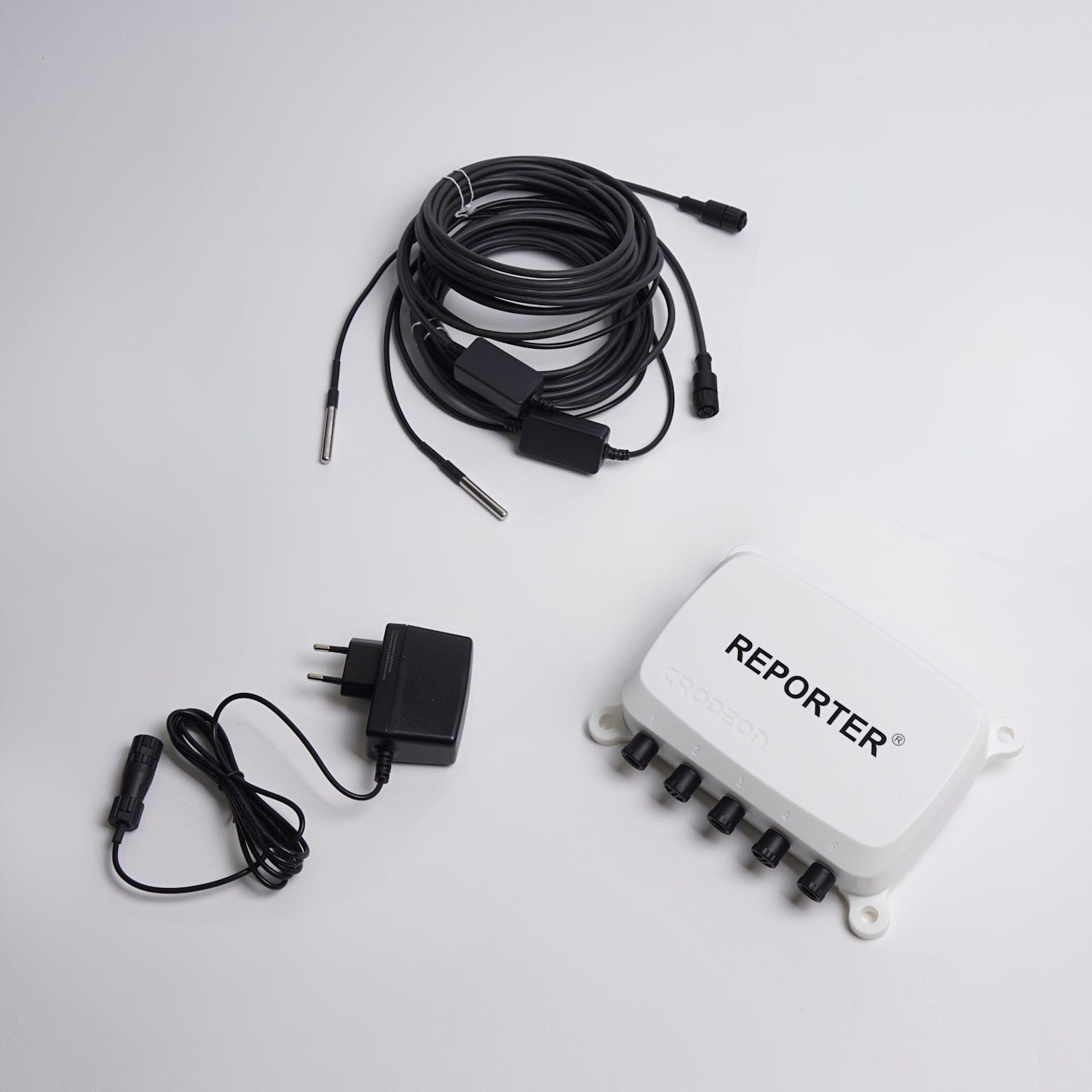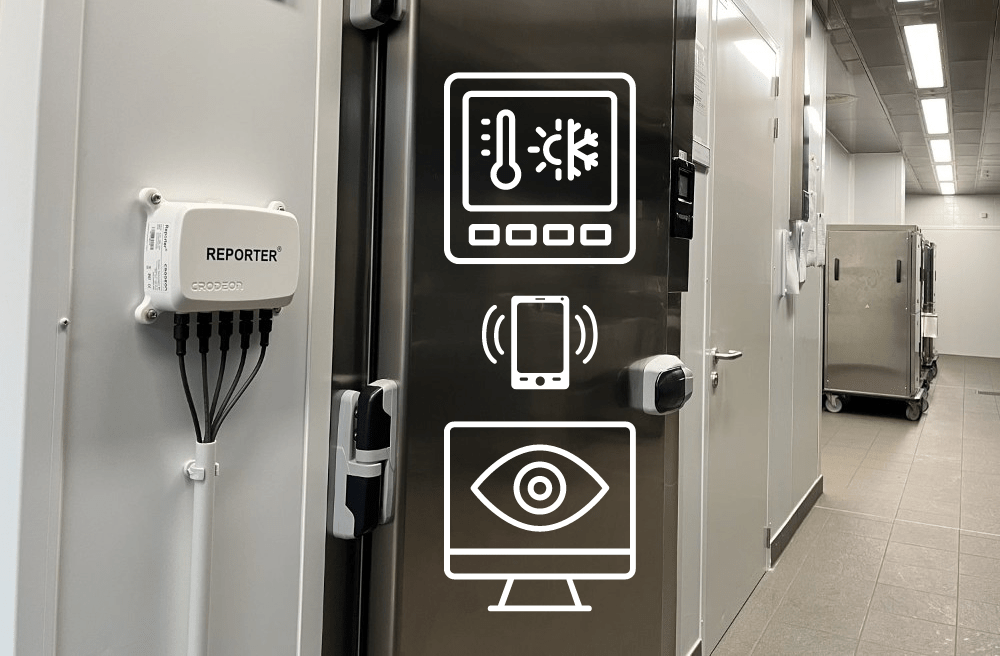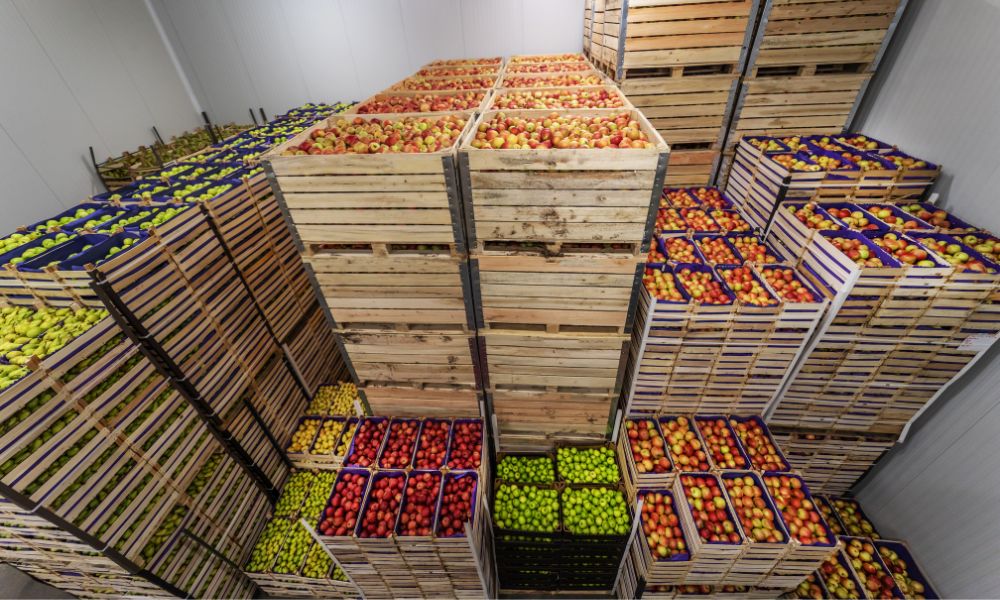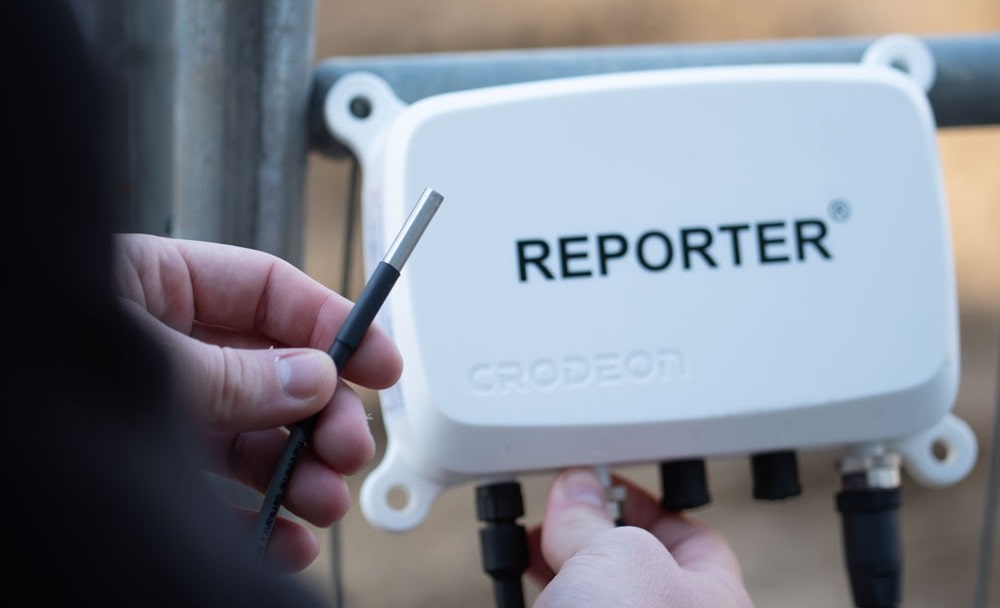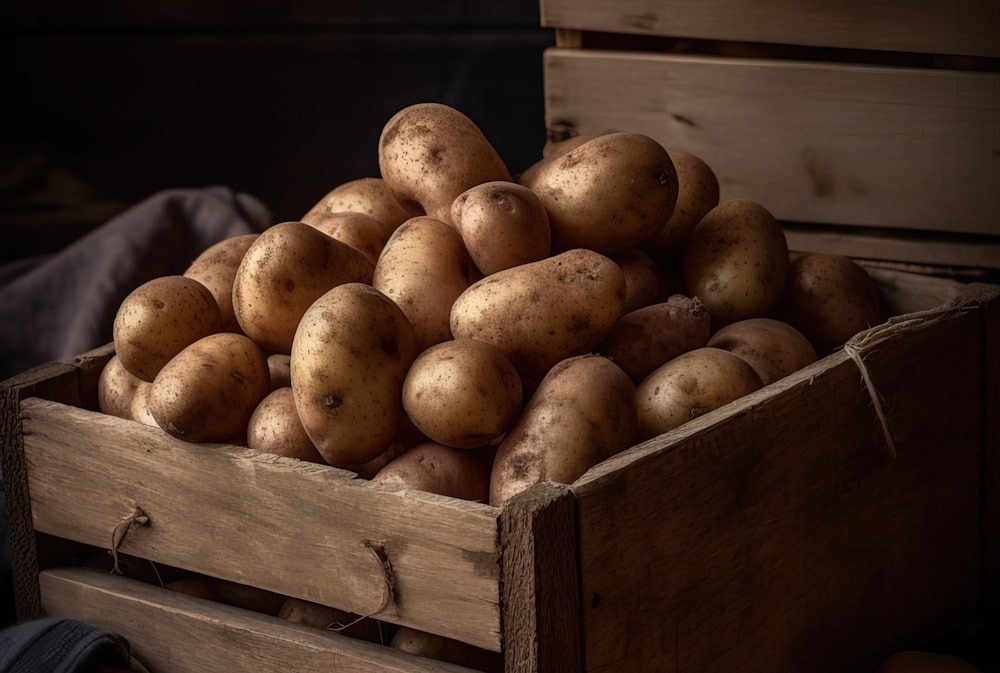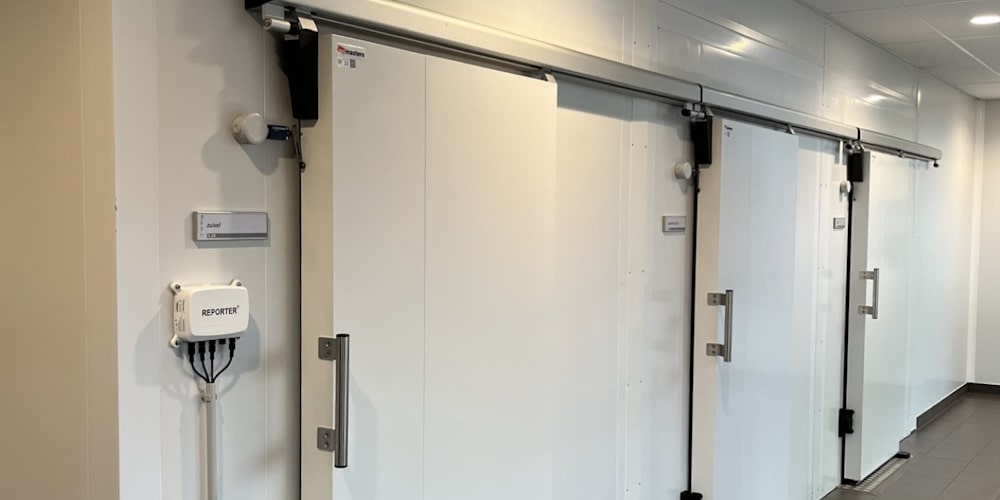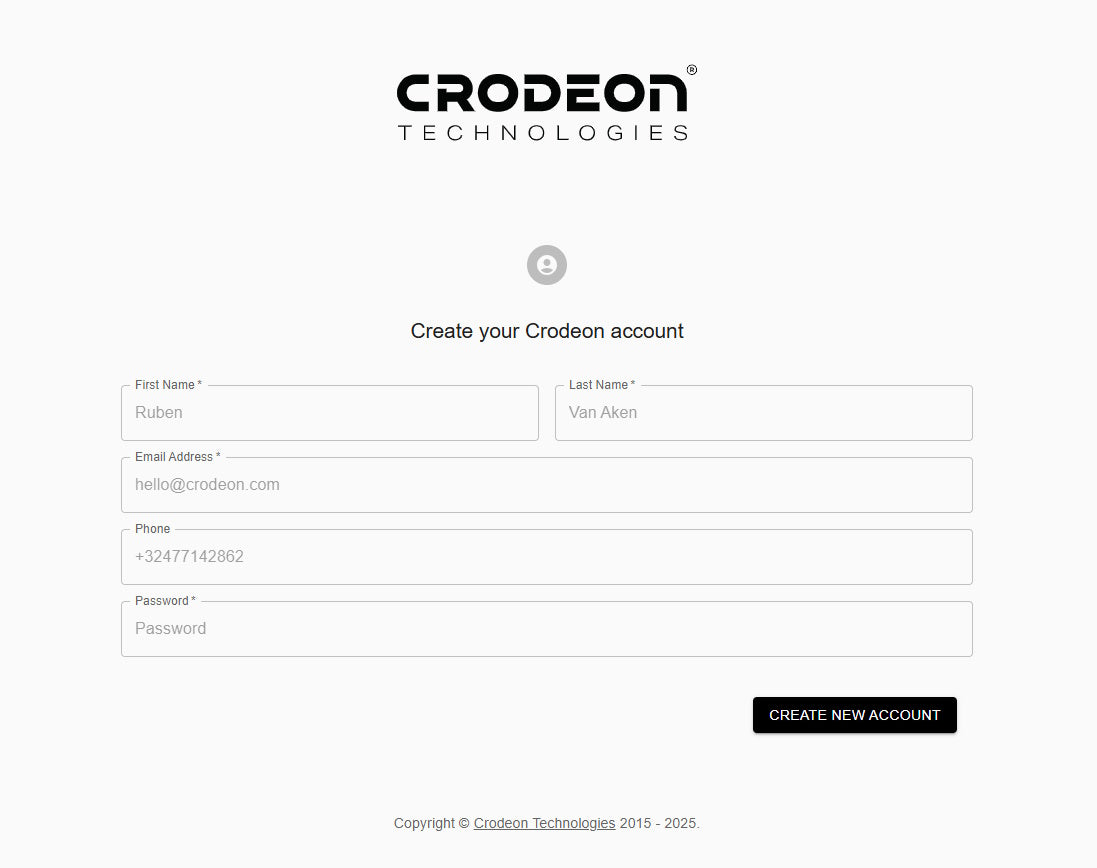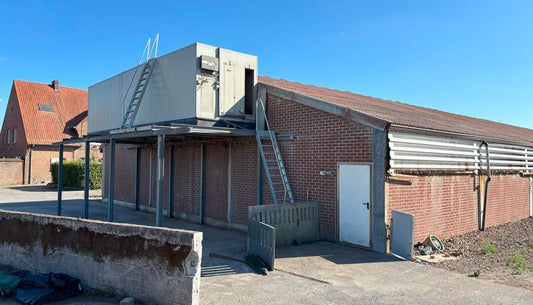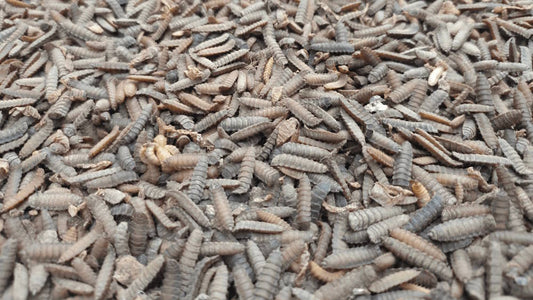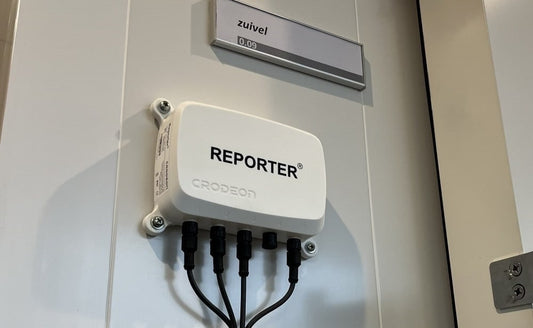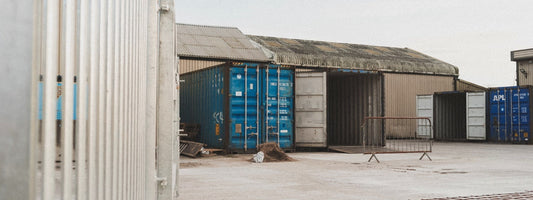What is the ideal temperature for a cold room?
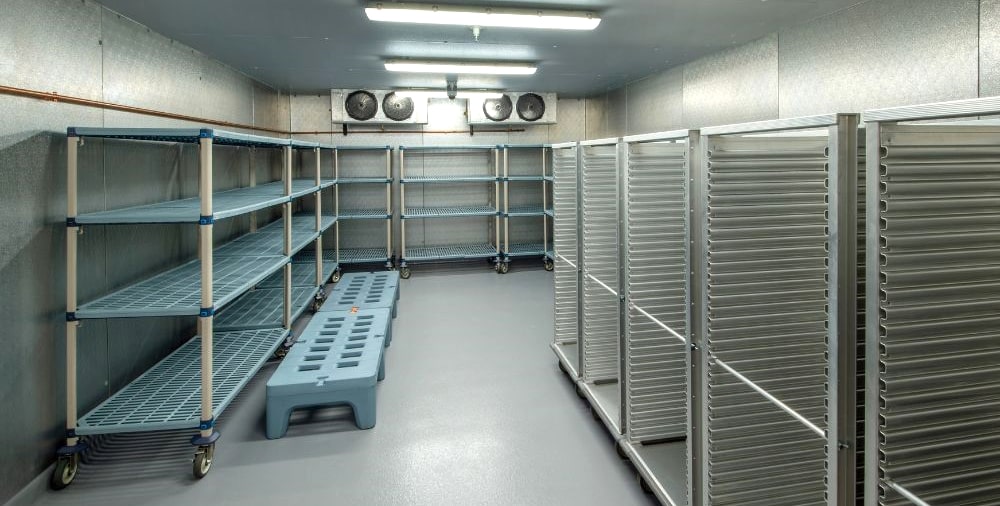
If you have invested (or are looking to invest) in a cold room, your product must be worth protecting. Different goods however require different cold room temperatures. Keeping meat safe is entirely different from let's say keeping flowers fresh. If we neglect this requirement, our perishables would become unsellable, inedible or just generally useless and wasted.
In this blog we will discuss what the ideal temperature for a cold room is depending on your product.
How to determine the best temperature for your cold storage
The best temperature for your cold storage depends entirely on what you want to keep fresh. We'll help you determine the ideal temperature and humidity!
What can I store in a cold room?
Cold storages are typically known for storing fresh produce until it is ready to be transported or consumed. Meat and vegetables are however not the only products that need refrigeration. Other examples of products that need stable temperatures or some sort of cooling include flowers, wine, chemicals, and medication.

Ideal temperature for a cold room per product group
Below you can find a general chart with common product groups and their ideal storage temperature for cold storages (not freezers). Please note that every product is unique and has its own individual storage needs that might deviate from those depicted below.
| Product | Temperature | Relative humidity |
|---|---|---|
| Meat | -1°C to 3°C | 85-95% |
| Fish | 0°C to 4°C | 65-70% |
| Dairy | 2°C to 4°C | 65-70% |
| Eggs | 3°C to 10°C | 75-80% |
| Root vegetables | 2°C to 4°C | 60-70% |
| Vegetables, leafy greens | 2°C to 4°C | 90-100% |
| Bananas, fruit that needs to ripen | 10°C to 15°C | 80-85% |
| Potatoes | 3°C to 6°C | 85-95% |
| Fruit | 0°C to 5°C | 80-95% |
| Wine | 10°C to 15°C | 55-75% |
| Non-tropical flowers (tulips, daffodils etc) | 1°C to 5°C | 80-90% (but no condensation) |
| Tropical flowers (orchids etc.) | 10°C to 15°C | 80-90% (but no condensation) |
| Medication (general) | 15°C to 25°C | 45-60% |
| Medication (protein or cellular based) | 2°C to 8°C | 45-60% |
1. Does your product need to stay fresh for months, weeks or days?
If your product needs to stay fresh for weeks or months, it would preferably be frozen (if possible). However, a product that needs to stay fresh for days to weeks would be fine if kept refrigerated.
2. Does your product need to stay cool, slightly frozen, or at room temperature?
Certain foods, like bananas, for example, go bad when they are kept at a temperature that is too low. Their ideal storage temperature would therefore be a little closer to room temperature.
3. Does your product need to stay dry, or slightly humid?
Some products have a tendency to dry out if the relative humidity is kept too low, this affects the overall quality of the taste, appearance, weight etc. of the product. Especially in vegetable storage a low RH can be unfavourable as the weightloss of the product causes the farmer to literally evaporate his profit.
4. Does your product still need to ripen?
Storing bananas during shipping versus during ripening requires different environments.
Quality standards and legislation
The ideal storage temperature for your product is also largely determined by whether there are certain rules and regulations that you need to follow. While the food industry has to follow strict HACCP rules for food safety, these are not the only laws that could apply to your company and cold room. The ideal cold room temperature for your product might be determined by official quality standards.
GMP (Good Manufacturing Practice) for medication
Good manufacturing practice (GMP) is the minimum level a pharmaceutical producer must satisfy in their manufacturing operations. The European Medicines Agency (EMA) conducts inspections to ensure compliance with these standards and plays an important role in harmonising GMP activities across the European Union (EU).
You could call GMP the HACCP of medicine. It is possible that the medication you want to store has an ideal cold room temperature that is predetermined by the EMA.
ISO 9001
ISO 9001 is a global standard that sets guidelines for a quality management system. Temperature and humidity monitoring systems could help you register your processes and collect data which lets you use this for any ISO reports. Especially when trying to get certified for ISO standards regarding humidity or temperature, a remote monitoring system could come in handy.
Temperature ranges
When talking about cold storage, it can often be confusing what kind of temperature range we're discussing. The Council of Europe and the WHO seem to mostly agree on the definitions listed below.
- Room temperature: 15°C to 25°C
- Cold or cool: 8°C to 15°C
- Refrigerator: 2°C to 8°C
- Deep freeze: -20°C to -15°C
So what temperature should a cold room be? What temperature is appropriate for your product depends largely on its properties and whether any existing rules would need to be followed.

Why you should monitor your cold storage temperature
As prior discussed, cold storages can be crucial to follow HACCP, ISO 9001, GMP or other safety rules. Not only can neglecting to follow these rules lead to fines and or other serious repercussions, but it could also make your products unsafe to consume or use.
A remote monitoring system that lets you measure temperature and relative humidity within your cold storage will warn you if something is wrong and the best temperature for your cold storage is no longer being held. This means that you will receive an alarm notification if the temperature or humidity in your cooling is too low or too high.
Reporter is such a remote monitoring system that lets you set alarms to warn you in case anything goes wrong within your cooling unit. Reporter is a plug & play sensor module that lets you connect up to four sensors. All the sensors in our shop are compatible and can be combined to measure your specific project.
For a cold storage our temperature sensor or temperature and humidity sensor, could easily be combined with for example a pressure sensor or CO2 sensor.
Reporter streams its measurements to a cloud platform through a live data connection. The cloud platform (called the Crodeon Dashboard) is accessible through the browser of your pc, laptop, smartphone and tablet. This means that you can view the climate within your cold storage in real-time, wherever you are.
Learn more about our Smart Food and Smart Indoor Climate solutions.
Sources
-
Committee, B. C. C. A. (2014). Food safety, sanitation, and personal hygiene.
You might also like:

